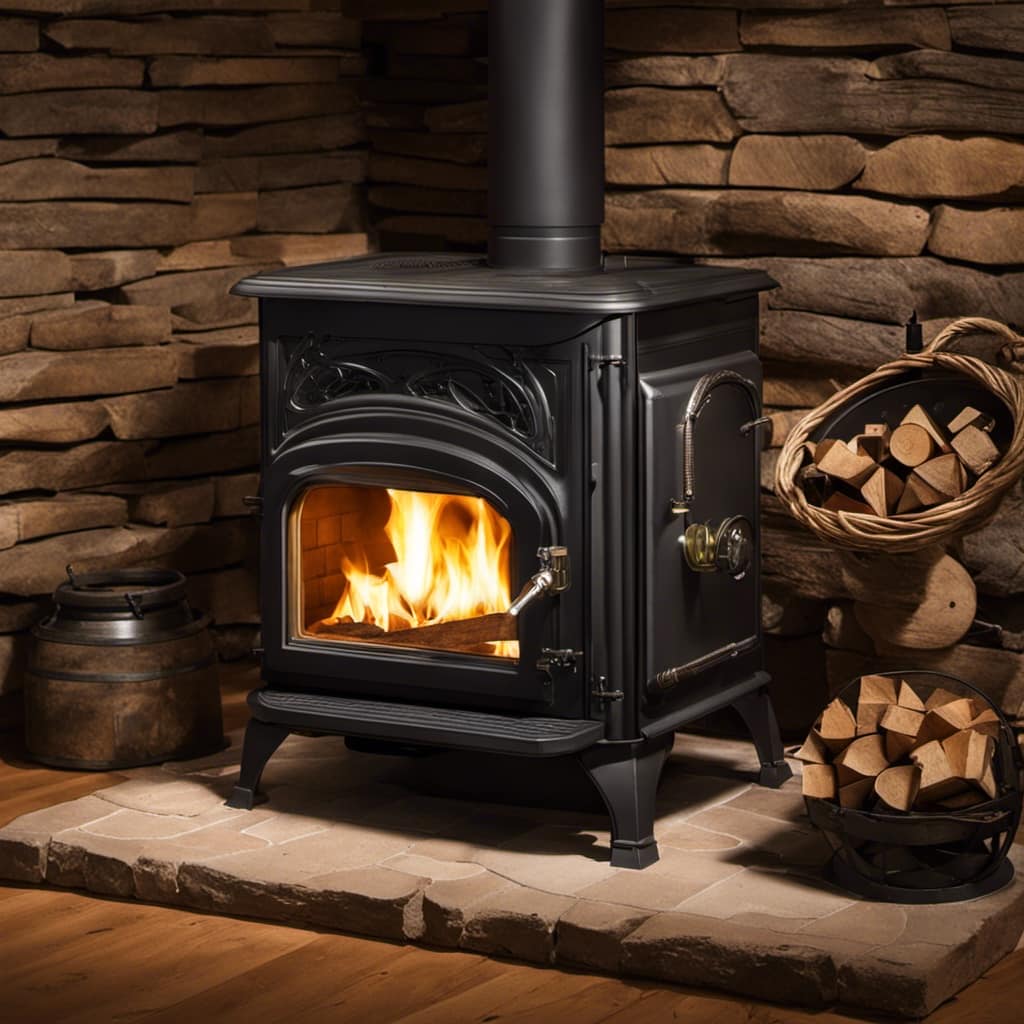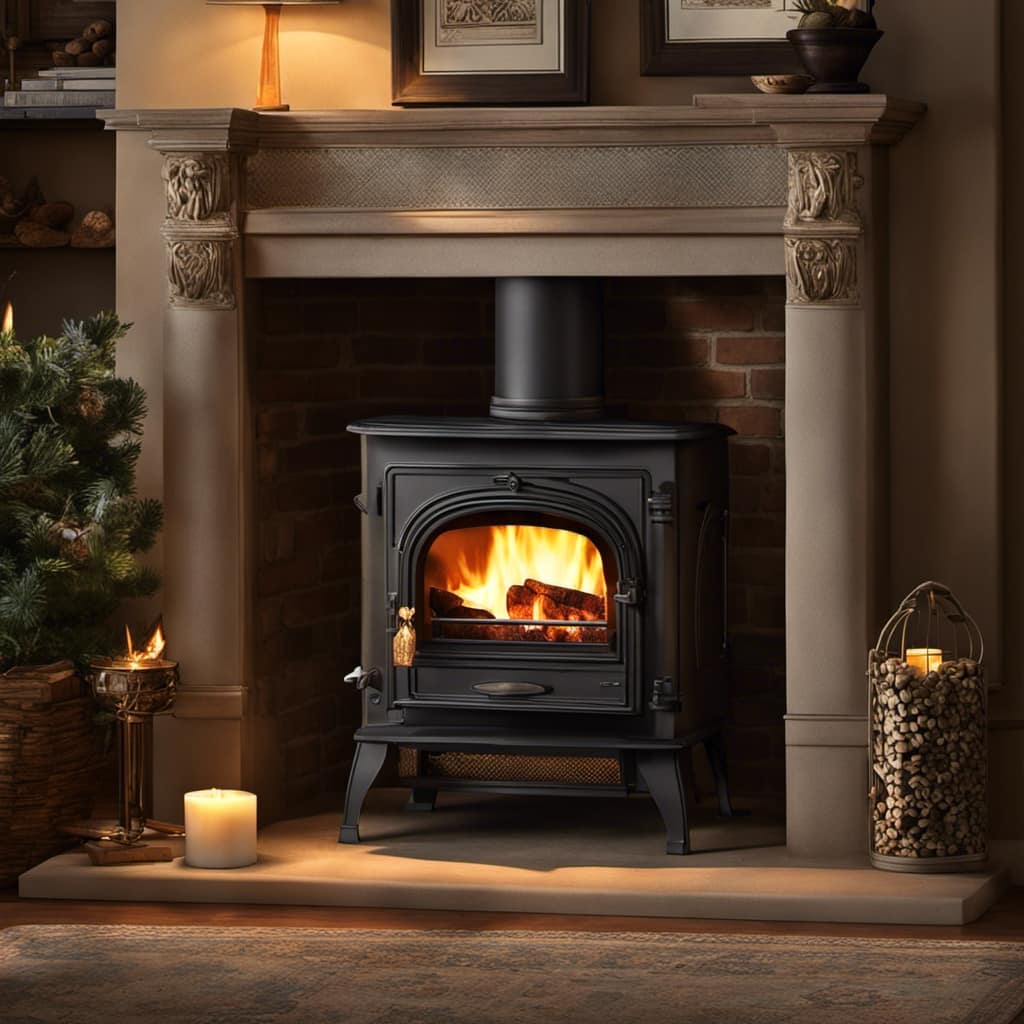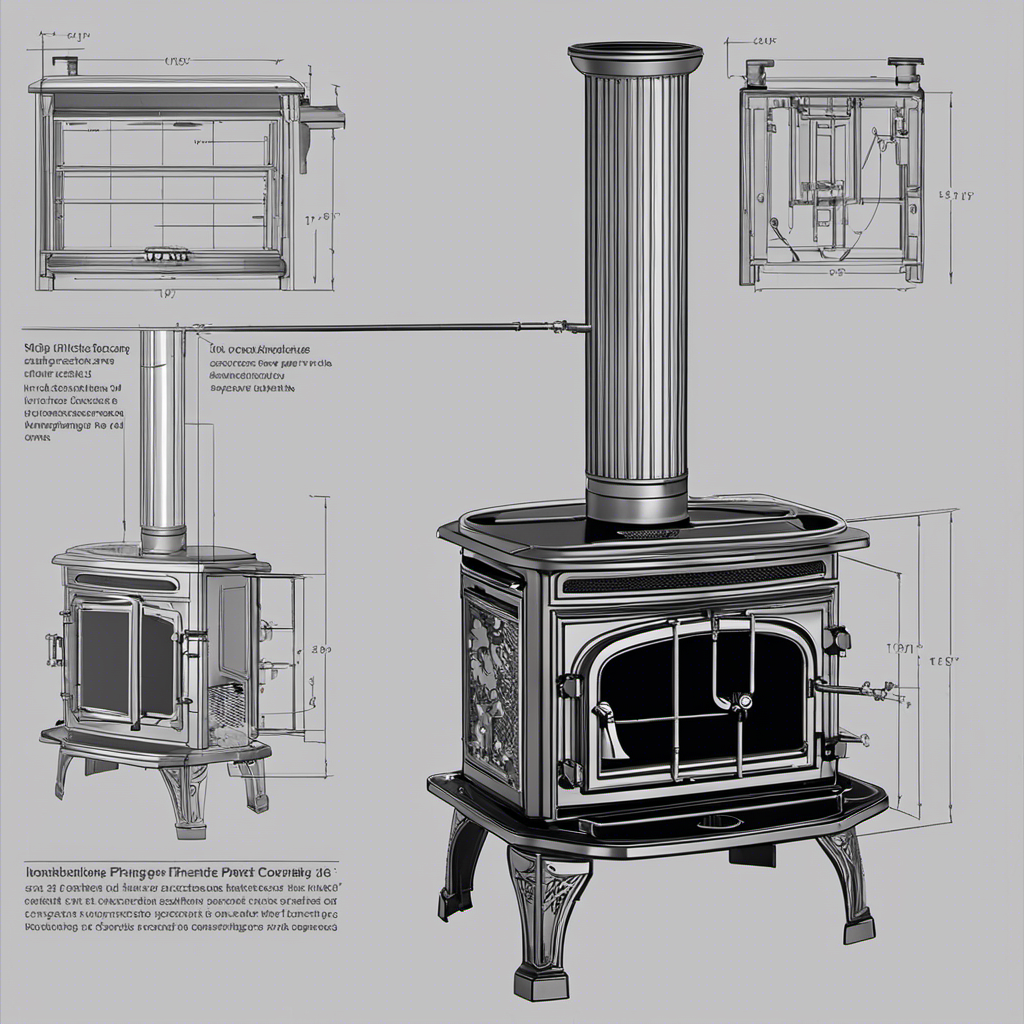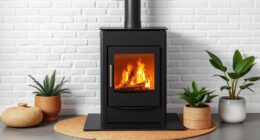
So, you’re venturing into the realm of EPA-certified wood stoves, correct? Allow me to reaffirm, it’s a wise choice. These stoves, known for their high efficiency, are engineered to offer both warmth and coziness while reducing your impact on the environment.
But before you start stoking the flames, there are a few things you need to know. In this article, I’ll guide you through the ins and outs of using an EPA wood stove, from safety precautions to maintenance tips.
Let’s get started, shall we?
Key Takeaways
- Proper ventilation and fresh air intake are essential for safe operation of an EPA wood stove.
- Understanding the components of an EPA wood stove is crucial for proper installation and compliance with regulations.
- Starting an EPA wood stove involves cleaning, using kindling and newspaper, and gradually adding larger pieces of firewood.
- Efficient use of an EPA wood stove includes using dry hardwood, adjusting air intake settings, and regularly removing ash.
Safety Precautions for Operating an EPA Wood Stove
I’m always cautious when operating my EPA wood stove, making sure to follow all safety precautions to prevent any accidents. Safety tips are crucial when it comes to using a wood stove, as it involves handling fire and potential hazards.
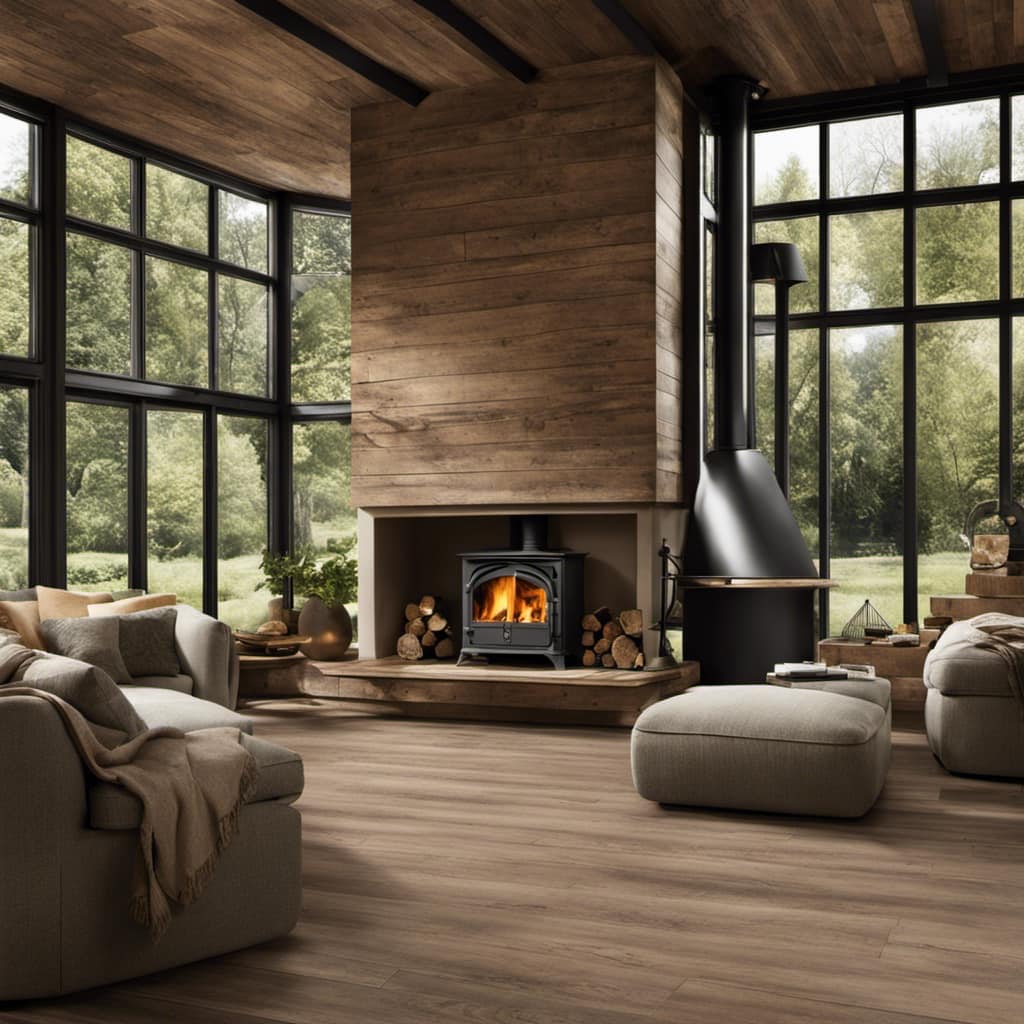
One important aspect is proper ventilation. Ensuring that there’s adequate airflow is essential for the combustion process and preventing the buildup of harmful gases like carbon monoxide. It’s recommended to keep a window slightly open to allow fresh air to enter the room while the stove is in use.
Additionally, regular maintenance and cleaning of the stove, chimney, and flue are essential to prevent the accumulation of creosote, which can lead to chimney fires.
Understanding the Components of an EPA Wood Stove
To fully comprehend the workings of an EPA wood stove, it’s important to understand the function and purpose of each component. The EPA wood stove is designed to efficiently burn wood and reduce harmful emissions. Here are the key components and their roles:
Firebox: This is where the wood is burned and the heat is generated.
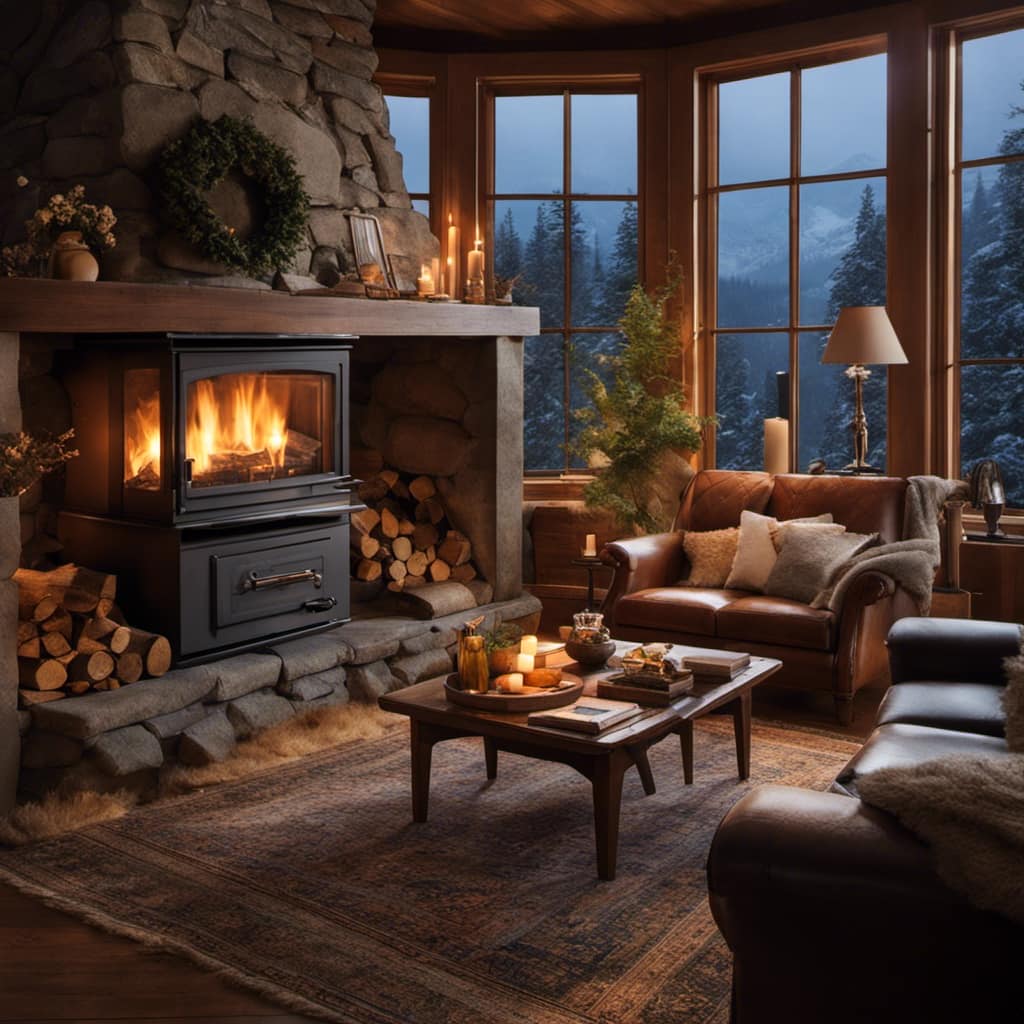
Baffle: The baffle helps to create a longer and hotter path for the combustion gases, improving efficiency and reducing emissions.
Air Intake: The air intake controls the amount of oxygen supplied to the fire, allowing for better combustion.
Catalytic Combustor: Some EPA wood stoves have a catalytic combustor that helps to further reduce emissions by promoting the complete combustion of gases.
Understanding these components is crucial for proper EPA wood stove installation and compliance with EPA wood stove regulations.
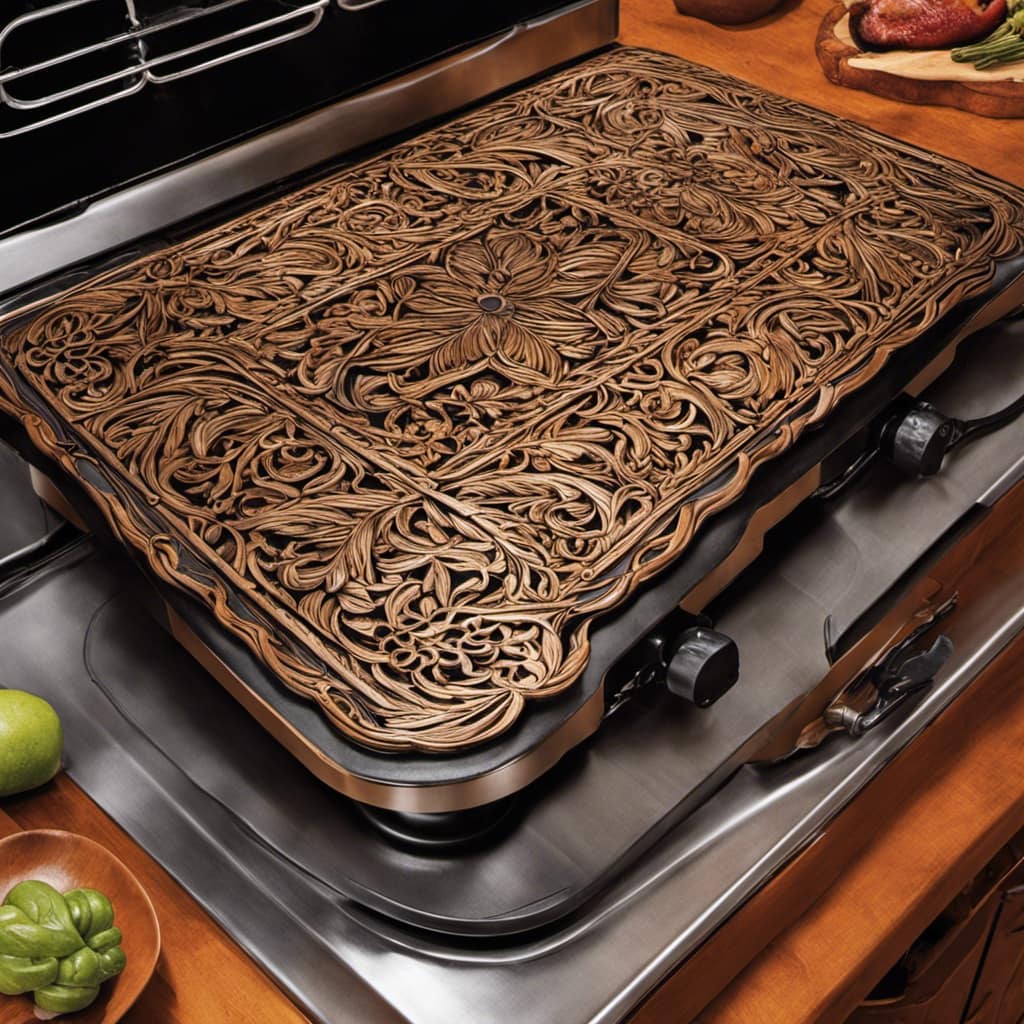
Step-by-Step Guide on Starting an EPA Wood Stove
First, check that you have all the necessary materials and follow this step-by-step guide on starting an EPA wood stove.
To start an EPA wood stove, begin by ensuring that the stove is properly cleaned and any debris or ashes are removed.
Next, open the air intake fully to allow for maximum airflow.
Place small pieces of dry kindling at the bottom of the firebox, forming a loose pile.
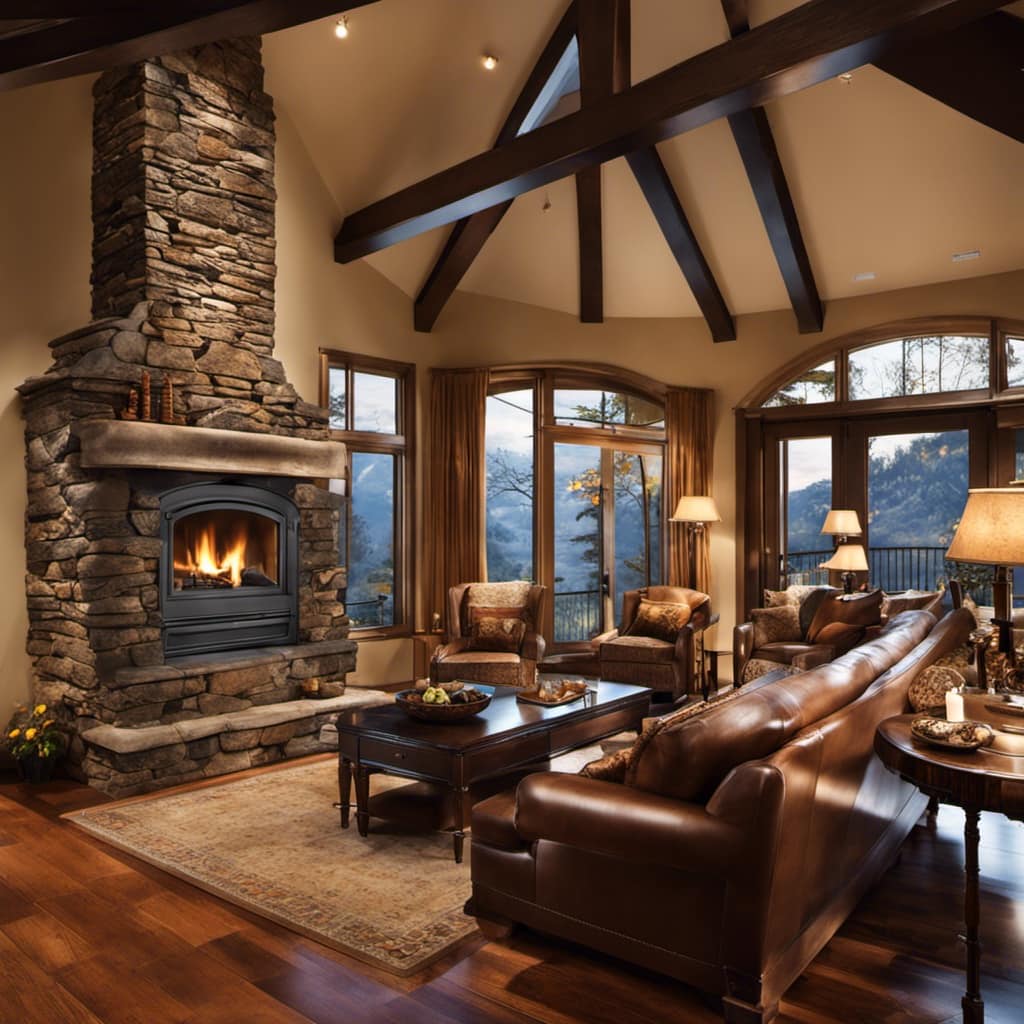
Add a few small pieces of newspaper on top of the kindling.
Ignite the newspaper using a long match or lighter, ensuring that the flame catches onto the kindling.
Once the kindling is burning steadily, gradually add larger pieces of split firewood.
Monitor the fire closely and adjust the air intake as needed for optimal combustion.

Troubleshooting common issues with an EPA wood stove may involve checking for blockages in the chimney or flue, ensuring proper air circulation, and using dry and well-seasoned firewood.
By following these steps and troubleshooting any issues, you can effectively start and maintain a fire in your EPA wood stove.
Transitioning into the subsequent section about tips for efficiently using an EPA wood stove, it’s important to understand how to maximize the heat output while minimizing fuel consumption.
Tips for Efficiently Using an EPA Wood Stove
I’ve found that adjusting the air intake and regularly removing ash can significantly improve the efficiency of my EPA wood stove. By doing so, I’ve been able to achieve a more complete combustion process, resulting in a higher heat output and reduced emissions. Here are some tips for efficiently using an EPA wood stove:

Proper wood selection:
Use dry, seasoned hardwood instead of green or softwood.
Opt for smaller, well-seasoned pieces that can burn more efficiently.
Adjusting air intake:
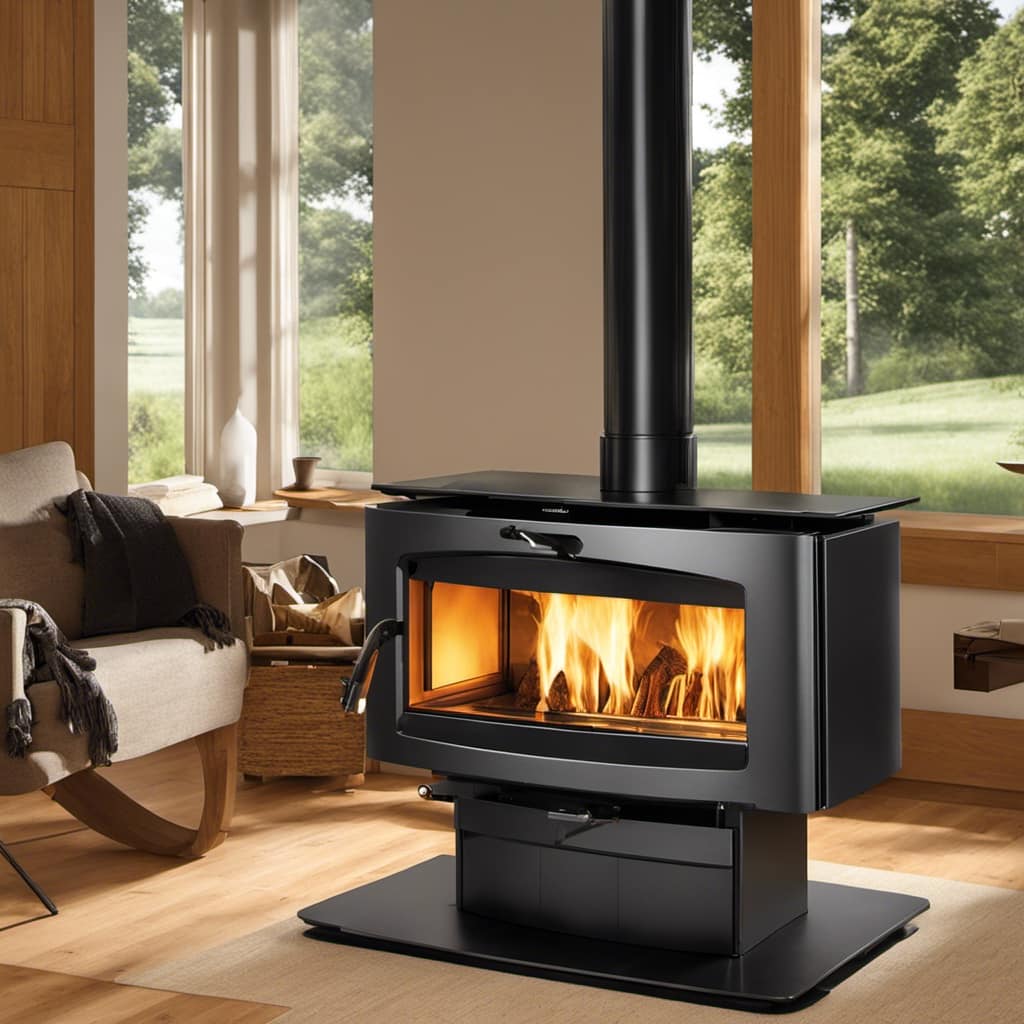
Experiment with different air intake settings to find the optimal balance between combustion efficiency and heat output.
Keep the air intake open during the initial ignition phase and gradually decrease it as the fire becomes established.
Can I Use an Epa Wood Stove Before It Is Certified?
Yes, you can use an EPA wood stove before it is certified, but it’s important to follow the certify wood stove process to ensure it meets safety and environmental standards. It’s best to wait for the official certification to guarantee that your wood stove is compliant with regulations.
Maintenance and Cleaning of an EPA Wood Stove
Cleaning the ash pan regularly is essential for maintaining the efficiency and performance of my EPA wood stove. Accumulated ashes can restrict airflow and hinder combustion, leading to reduced heat output and increased emissions.
To ensure optimal operation, I follow a consistent maintenance routine. Apart from cleaning the ash pan, I also regularly inspect and clean the chimney to prevent creosote buildup, a common problem that can cause chimney fires.

Additionally, I check the door gaskets for any signs of wear and tear, as they play a crucial role in maintaining a tight seal and preventing air leaks. If I encounter any issues, troubleshooting tips such as adjusting the air controls or checking the wood moisture content can help me identify and resolve problems promptly.
Frequently Asked Questions
Can I Use an EPA Wood Stove to Heat My Entire House?
Using an EPA wood stove as the primary heat source for my entire house is not recommended. EPA wood stoves are more suitable for heating specific areas or small spaces due to their limited heating capacity.
How Often Do I Need to Clean the Chimney of My EPA Wood Stove?
I clean my chimney every year to ensure proper chimney maintenance and reduce the risk of chimney fires. The cleaning frequency may vary depending on stove usage, but regular maintenance is crucial for safe and efficient operation.
Can I Use Regular Firewood in an EPA Wood Stove?
Yes, you can use regular firewood in an EPA wood stove. However, it is recommended to use seasoned firewood to maximize efficiency and reduce emissions. Proper maintenance, including regular cleaning, is essential for optimal performance.
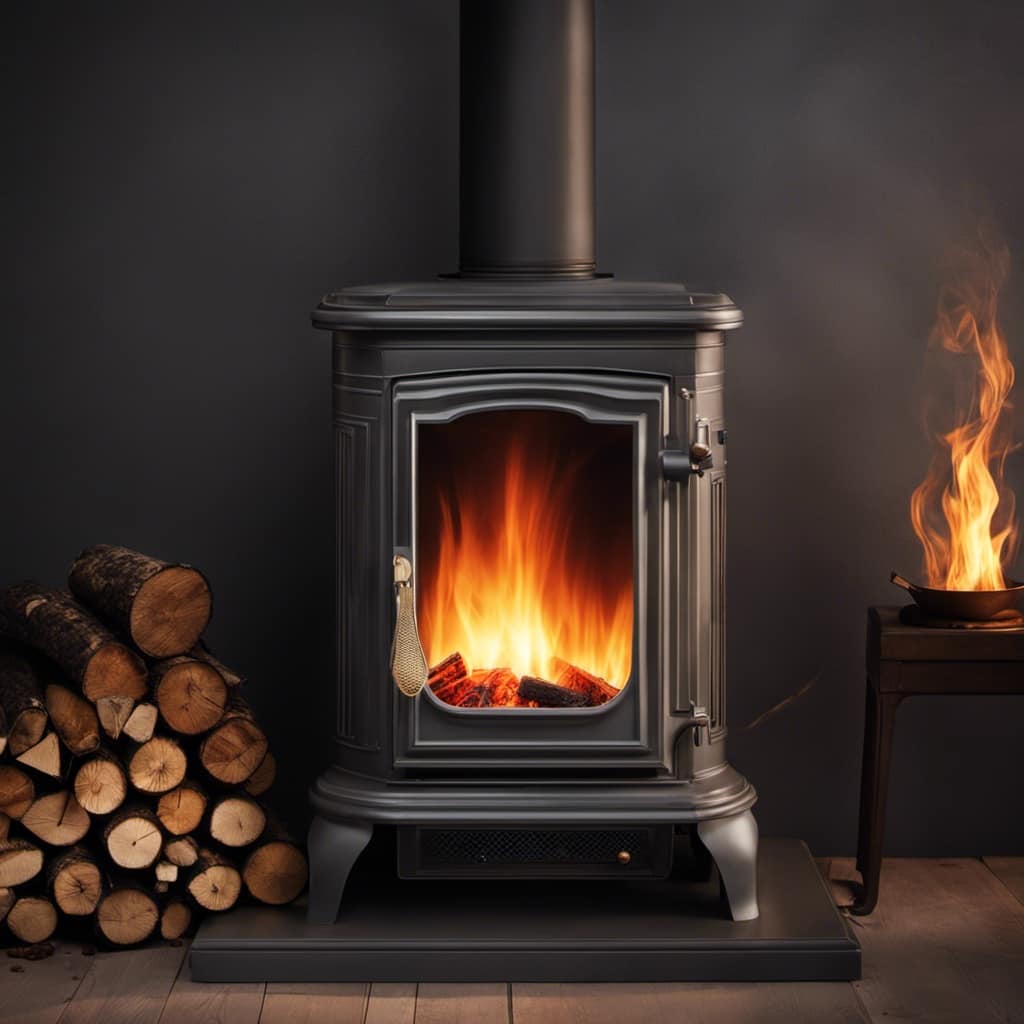
What Is the Average Lifespan of an EPA Wood Stove?
The average lifespan of an EPA wood stove depends on its maintenance requirements. Regular cleaning and proper use can extend its lifespan. It is important to follow manufacturer guidelines for optimal performance and safety.
Are There Any Government Regulations Regarding the Use of EPA Wood Stoves?
There are government regulations in place to ensure the safe and environmentally responsible use of EPA wood stoves. These regulations aim to reduce air pollution and protect public health.
Conclusion
In conclusion, by following the safety precautions, understanding the components, and efficiently using and maintaining an EPA wood stove, one can enjoy the benefits of a warm and cozy home while minimizing environmental impact.
The EPA wood stove offers a reliable and efficient heating option, and with proper care and attention, it can provide years of comfort and sustainability.

Remember, always prioritize safety and responsible use when operating an EPA wood stove.
Growing up surrounded by the vast beauty of nature, Sierra was always drawn to the call of the wild. While others sought the comfort of the familiar, she ventured out, embracing the unpredictable and finding stories in the heartbeat of nature.
At the epicenter of every remarkable venture lies a dynamic team—a fusion of diverse talents, visions, and passions. The essence of Best Small Wood Stoves is crafted and refined by such a trio: Sierra, Logan, and Terra. Their collective expertise has transformed the platform into a leading authority on small wood stoves, radiating warmth and knowledge in equal measure.

